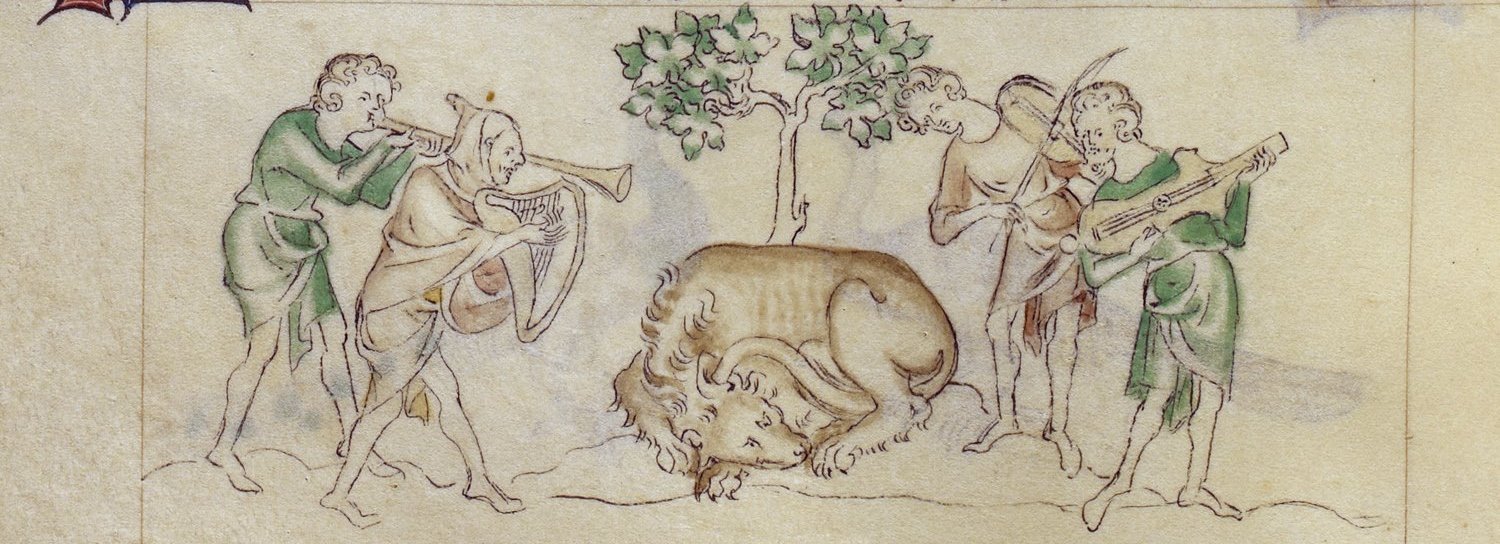
This is the last of eight articles about the iconography of Beverley Minster in Yorkshire: 71 musical minstrels carved in stone and wood in the 14th century; musical misericords of the 16th century; and neo-Gothic musicians carved in the early 20th century. Beverley Minster has more medieval musicians and more misericords than any other church in the world.
The first article gives a potted history of the building being established in the 8th century, then expanded in the 13th and 14th century, then the medieval minstrels being smashed by Puritans in the 16th-17th century and restored in the late 19th and early 20th century. The second, third and fourth articles describe all the 14th century carvings of musicians, and the fifth sought to answer the question: why are there so many more medieval minstrels in this church than anywhere else? The sixth article explains the meanings of the 14th century allegorical carvings; and the seventh describes the musical misericords of 1520 and the neo-Gothic organ screen of 1878–80 and 1919. This final article seeks to answer one central question: why, in the modern age, has the Minster’s medieval iconography been so poorly served?
Through a review of literature about Beverley Minster from the late 19th century to the present, we will see the repeated pattern of either ignoring the minstrels altogether or muddled misnaming of the medieval instruments. This has been widespread in academic journals, in specialist books, and in publications for the general reader. This is a situation which still persists today, perpetuated by literature published by Beverley Minster.
First we outline the Beverley Minster Project, which would have provided an accurate book about the minstrels with illustrative photographs, complete with music CD/downloads; a concert with all the instruments of the Minster being played by medieval music specialists; an audio-visual tour of the minstrels for visitors; education for guides; and a new website about the minstrels linked to the main Beverley Minster site. This proposal would have been fully-funded by the Heritage Lottery Fund, at no cost to the Minster – indeed they would have generated money from it – and it would have promoted the Minster as an educational attraction for schools and individuals on the subject of historical music. The project was turned down without any engagement.





